On Stones and Color: Our Portable, Permanent Palette
Stone has had enormous impact on us both creatively and technologically. Minerals gave us the first chance to paint our lives with color and story, and take it with us for others to see. Today we still rely intensely on minerals in a utilitarian setting for our survival, just as we have each time hunting or war became easier due to new lapidary technologies.
I love a good story, and the story of our relationship with stones and why so many of us are drawn to them is a fascinating look at what makes us who we are. It conjures a sense of awe and wonder that reminds me of being a kid again. My class “Flesh and Stone: A Course on Lapidary Anthropology” was presented at the 2015 Association of Professional piercers conference to a room full of my peers - body piercers and other industry folks with hunger for knowledge and a yearning for beautiful adornments.
When I started thinking about how to talk about this topic, and how to engage a few hundred people for two hours, it really boiled down to one question. A question that I find myself asking often in my studio as a precursor to nerd time with customers.
“Do you guys like rocks?”
The giddy response confirmed I was in the right place. I hope the same is true for my readers here.
Why do people care so much about stone?
This is something I have been thinking about for a long time. As a maker, it’s important for me to understand the history of my techniques and materials. Stone in particular has had an extremely long and very fascinating history of use, and it seems to be an important part of nearly every culture’s decorative arts in one form or another.
I have been interested in stone for most of my life. I grew up in the mountains of Northwestern Virginia and West Virginia, and from a very young age I was interested in stones and their formations. Mountain roads are fascinating because they often cut into the mountain, revealing millions of years of history in bands of colors and textures stacked a hundred feet high. My father was a roadway engineer, and I would spend time on job sites digging through rock piles and looking for interesting minerals and fossils.
My mother recalls the start of my first business in second grade, when I started an enterprise selling bits of stone I found around our apartment building to other neighborhood children. I may have embellished the origins or composition of some of those stones, but hey, I was young. Once I discovered rock shops, where you could see and touch stones of different colors and textures from around the world, I was hooked. Collecting, appreciating, and working with stone has been a life long endeavor. I have discovered during the course of many years of research that time after time, we see this scenario play out in periods and cultures throughout history. As early as prehistory, before we were a modern human species, we learned to seek out minerals for their unique colors and light effects, as well as their immensely useful utilitarian characteristics. For more than a hundred thousand years, we have been drawn to stones. Our very survival and our artistic evolution depended on them.
During my lecture I asked for a show of hands of how many in the audience had ever collected stones, been fascinated by a stone, or wear or sell jewelry containing genuine or synthetic gemstones. Nearly the entire room raised their hands. This wasn’t a surprise. It’s my opinion that interaction with stone is a universal human experience much like adornment of the body. I believe the characteristics that I’ll set forth in the coming blog posts are very enticing to our creative brains, and that we are hard wired to appreciate stone because it has been such an important part of our history.
Today, it seems that aesthetic, more than any other single characteristic, draws us toward the world of stones. I share the common opinion that aesthetic is one of the most interesting aspects of stones, but not why you might think. The colors and light play found in stones are certainly beautiful, but there’s something deeper about these characteristics that has had a profound impact on humanity.
It turns out that aside from things which are alive (birds, bugs, plants), colors in nature, and particularly jewel tones, are actually very rare. Most vibrant colors are either the result of environmental light play, such as sunsets or the color of a lagoon, or they are biological - flowers, butterflies, etc. In either of these cases, the color is not permanent. It is location specific, temporary, or sadly, it dies.
Think about the most beautiful things you’ve seen in nature. Things you’ve seen in person or in a photograph. I’ll share a few of my personal favorites:
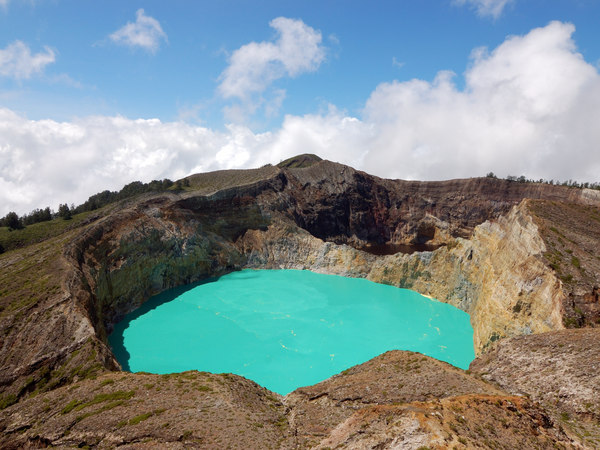
(Lake Kelimutu on the island of Flores, Indonesia :: Rosino, Wikimedia Commons, License CC-BY-SA2)

(Rice Paddy, Ubud, Bali, Indonesia :: Jared Karnes)
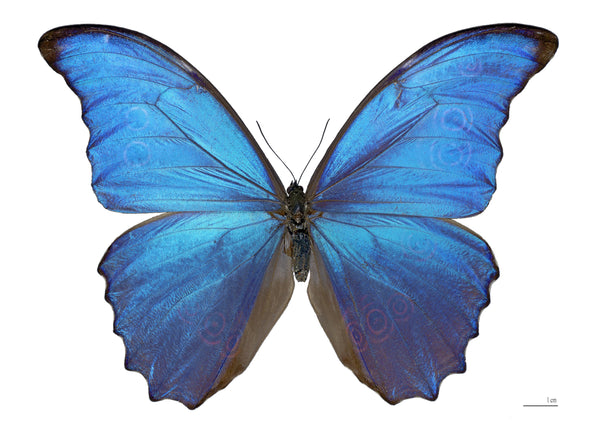
(Morpho Butterfly :: Didier Descouens, CC BY-SA 4.0 via Wikimedia Commons)
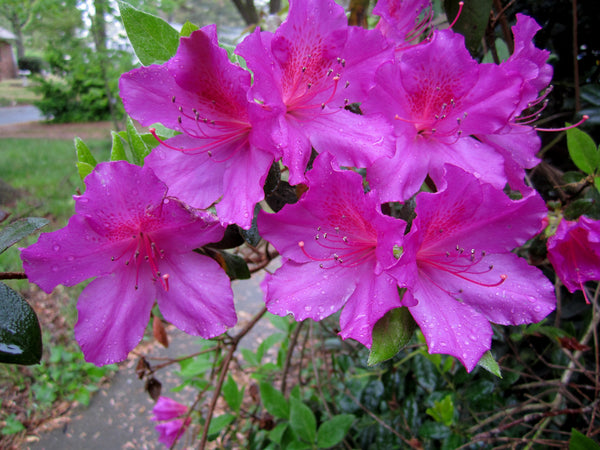
(Azaleas, Richmond, Virginia :: Jared Karnes)
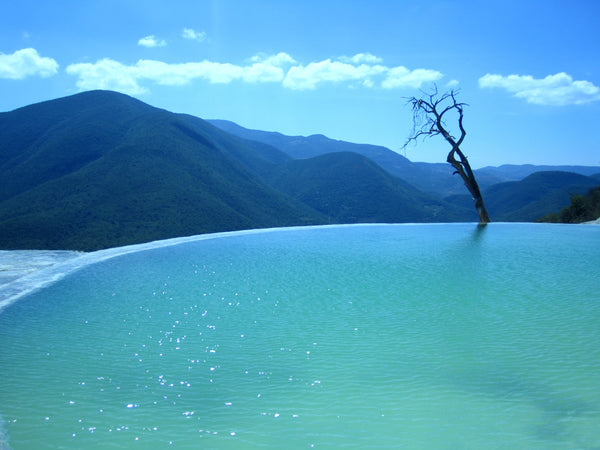
(Hierve el Agua, Oaxaca, Mexico :: Jared Karnes)
What do these beautiful plants, animals, and places have to do with our topic?
All of these colors appear in stone!
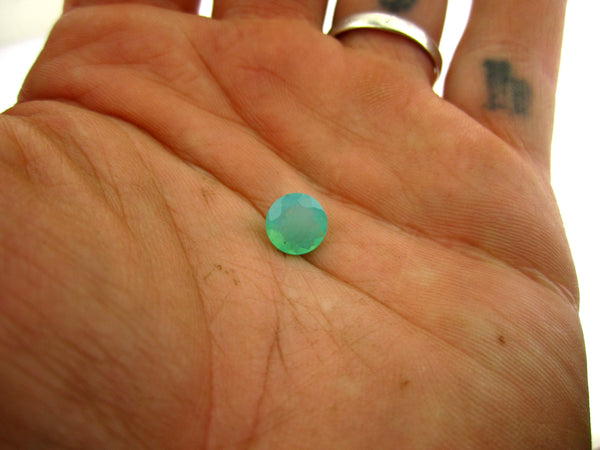
The color of a beautiful remote volcano lake frozen in a tiny Ethiopian Opal.
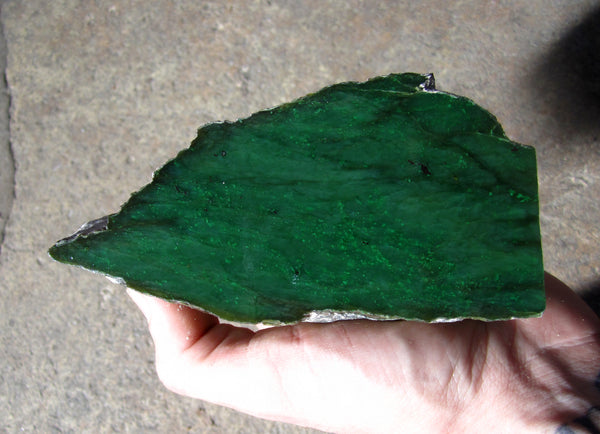
The intense green of new rice captured in a piece of nephrite jade from British Columbia, Canada.
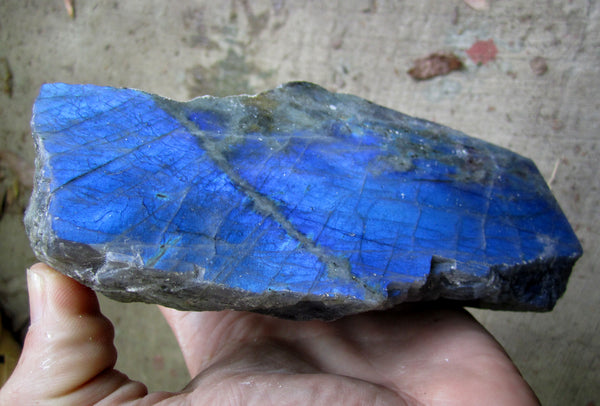
The incredible blue of a Morpho butterfly wing trapped in a slice of labradorite from Madagascar. It's also interesting to note that neither the Morpho wing or the labradorite are actually blue - both are light tricks! A topic for another post.
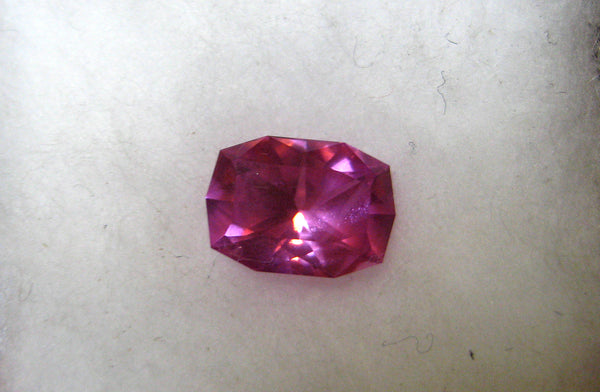
The intense pink-purple from an azalea bush memorialized in a sapphire from Kenya.

The blues and greens of the mineral pools and sky at Hierve el Agua displayed in a handful of turquoise.
Stone is one of the only sources of color in nature that occurs in a portable, permanent, and workable fashion. This has enormous implications for how stone has come to be admired, used, and traded.
Look around you. Look at the clothes and jewelry you and others are wearing. When you walk through a public space, pay attention to what you see. Our lives are crammed full of color. In a lot of ways (particularly in Las Vegas, where I delivered my original lecture) we are assaulted by it. It's hard to imagine a world without color in this way, but if you take away all of the colors that we've learned to create ourselves, and all of the colorful stones that have inspired many of them, we're left with primarily green (chlorophyll) and earth tones.
For thousands of years, blue and purple in particular were nearly non-existent from the language and aesthetic of most cultures. Once we discovered the processes for making permanent mineral based dyes and paints in these colors, great effort was invested into creating and obtaining them. These colors were so expensive that only the world's wealthiest individuals were able to surround themselves with objects and artwork containing them.
Color has played a large role in the identities and uses of stones in most cultures which had access to them. From the sun-like glow of amber, which is depicted in Prehispanic artwork and even mentioned in the Christian bible, to the associations of turquoise with the sky and water present in both Native American and Tibetan cultures, color has been the primary way stones have found their way into our lives. (More on cultural use of stones in a future post).
With our modern widespread use of colors and our creation of synthetic stone materials, we are reproducing colors and patterns that we desire in part as a result of our interactions with stone. I am not personally interested in using synthetic minerals in my own work, and I think there are important conversations to be had about intent, identification, and ethics in making and using these materials, but I think it is worth pointing out that what is really happening in these situations is the democratization of color, which surely is not a bad thing.
Hundreds of thousands of years is a long time to get acquainted with a friend. Stone has been a guide for us through the ages, and it is not a stretch to say that we owe our evolution as a species to our discoveries of some of the physical characteristics of stone. Along the way, we found incredible beauty in a package that we could carry and show to others. Stone gave us the ability to paint our lives with color, and it has directly influenced how we have come to know our gorgeous palette.
Jared Karnes
Owner, Jeweler
Onetribe
This is the first in a continuing series of posts exploring the unique characteristics of stone that have made it useful and desirable to humanity, worldwide cultural interactions with stones, and the evolution of lapidary technologies through the ages.



